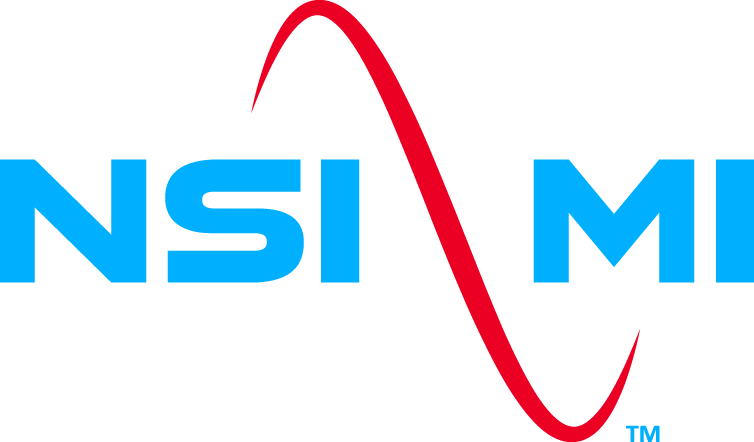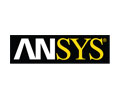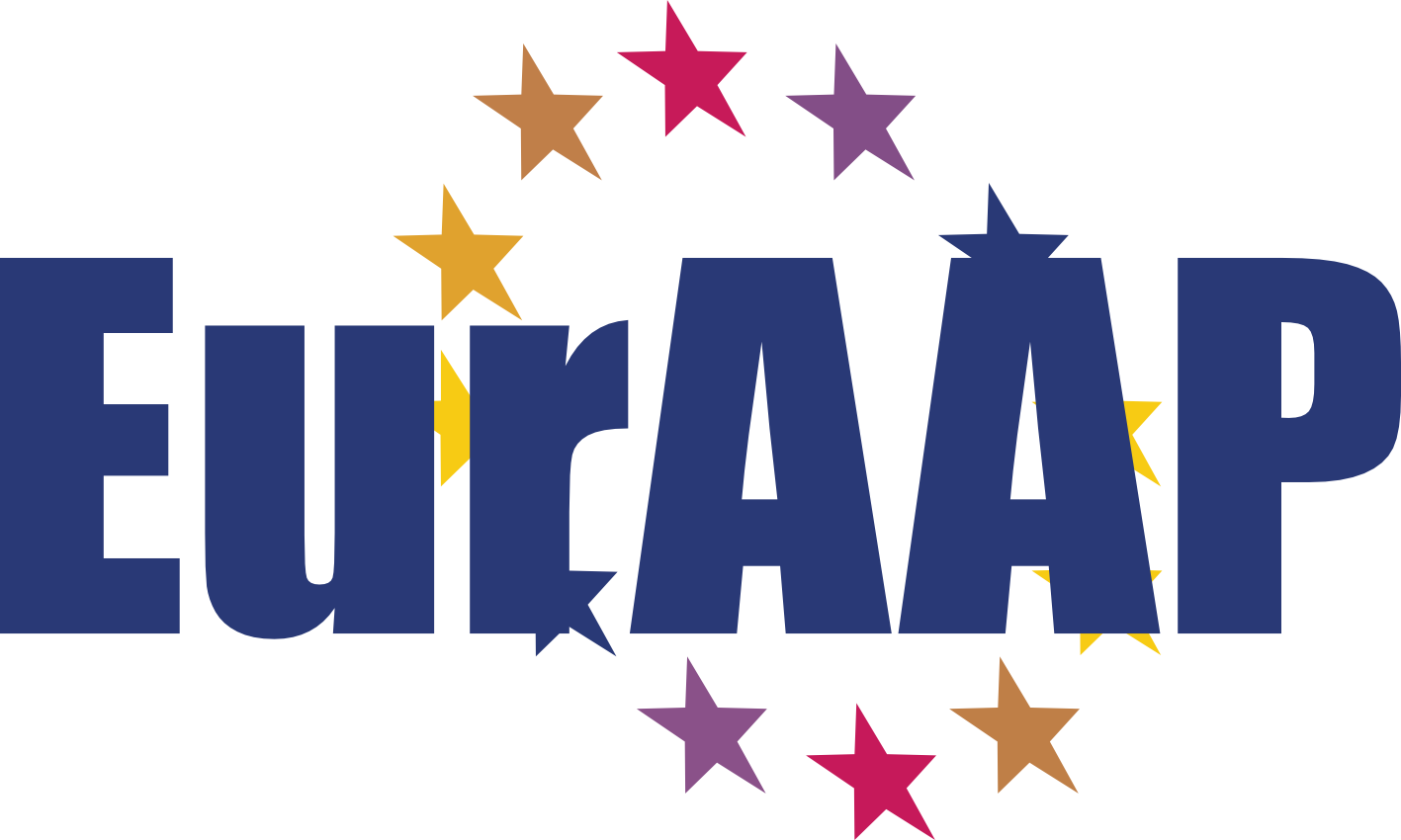Prof Trevor Bird, CSIRO (retired)
Recent advances in the comprehension of mutual coupling in antenna arrays
Biography
 Trevor S Bird obtained a PhD from the University of Melbourne in 1977. Afterwards he was a Postdoctoral Fellow at Queen Mary College, a Lecturer at James Cook University, and a consultant at Plessey Radar before joining CSIRO in 1984. He held several positions in CSIRO and finally was Chief Scientist of the CSIRO ICT Centre from 2004-2011.
Trevor S Bird obtained a PhD from the University of Melbourne in 1977. Afterwards he was a Postdoctoral Fellow at Queen Mary College, a Lecturer at James Cook University, and a consultant at Plessey Radar before joining CSIRO in 1984. He held several positions in CSIRO and finally was Chief Scientist of the CSIRO ICT Centre from 2004-2011.
Currently, he is Principal of Antengenuity, an Adjunct Professor at Macquarie University, and a Distinguished Visiting Professor at UTS.
He has published over 350 papers, 1 book, 10 book chapters, and holds 12 patents. He is a Fellow of ATSE, IEEE, IET, and an Hon Fellow of Eng Aust.
Prof Bird has received several awards and recognitions including an IEEE Third Millennium Medal and an Australian Centenary Medal for contributions to telecommunications. In 2010 he completed six years as Editor-in-Chief of the IEEE Transactions on Antennas & Propagation and in 2013 he was President of the IEEE Antennas & Propagation Society.
Synopsis
Mutual coupling is an important aspect of antenna design, but it is often neglected due to complexity or to obtain an approximation of the radiation pattern. Nevertheless, neglecting it is an over-simplification and for best performance it should be included. In addition, some advantages follow in understanding it.
Mutual coupling is a function of distance between the antennas and It depends on the radiation pattern of the antenna elements and their polarisation. The level of coupling is dependant on the fundamental currents causing the coupling. For instance, coupling is stronger in the H-plane of dipoles while for slots it is strongest in the E-plane. By means of this duality and/or Booker’s relation it is possible to convert an unknown coupling problem to one that may have a simpler, or known, solution.
The intention of this talk is to describe the physical effects of mutual coupling in a variety of antennas such as apertures and patches, to give some recent advances in ways of including it and to show applications where the performance is improved by taking it into account. Another recent aspect is the development of ways for minimising its effects will be described.
Several existing methods such as tapering or use of guard elements has been improved recently through use of metamaterials and periodic structures. Compensation methods are now used as well including external methods where a special network is placed at input of the array or internal methods where loaded or driven dummy elements are incorporated in the array. The talk will include a discussion of ways of using mutual coupling to extend the performance of antenna arrays such as gain or bandwidth








